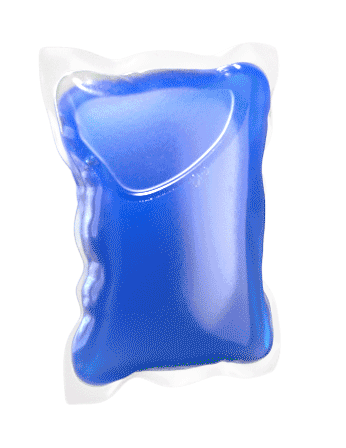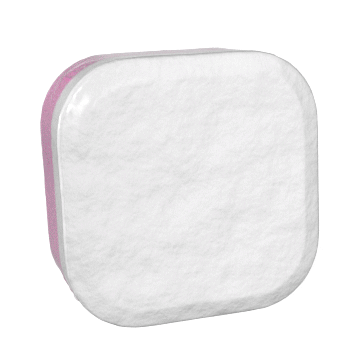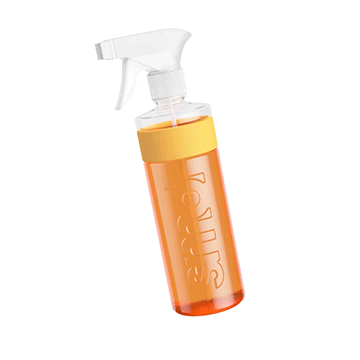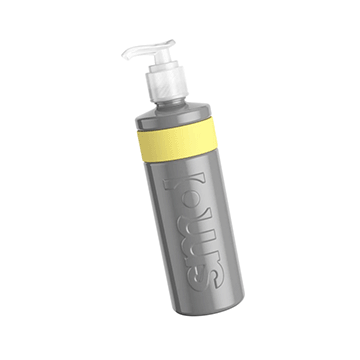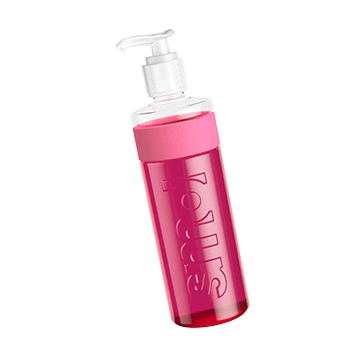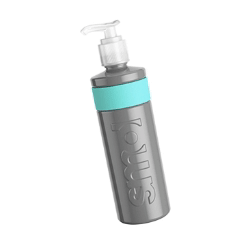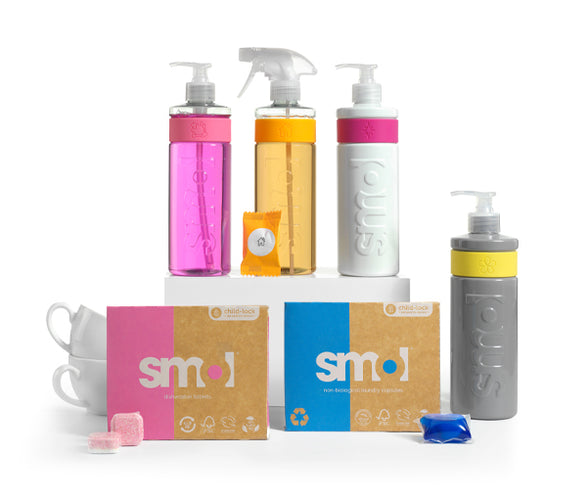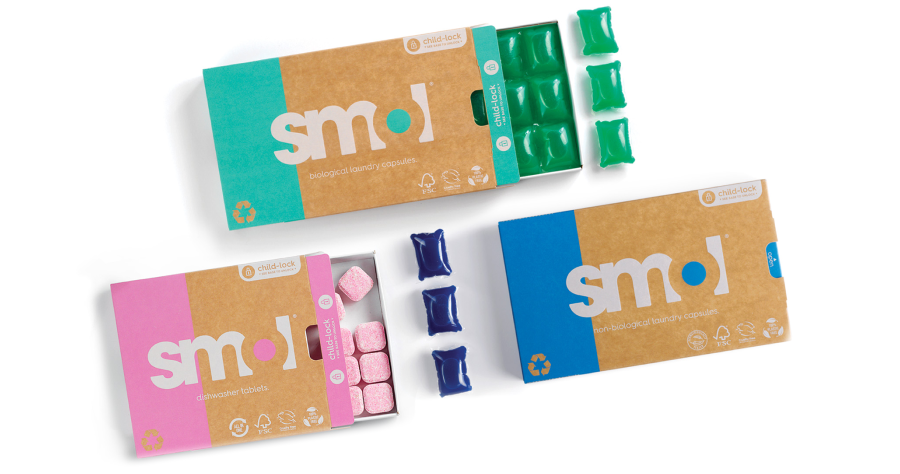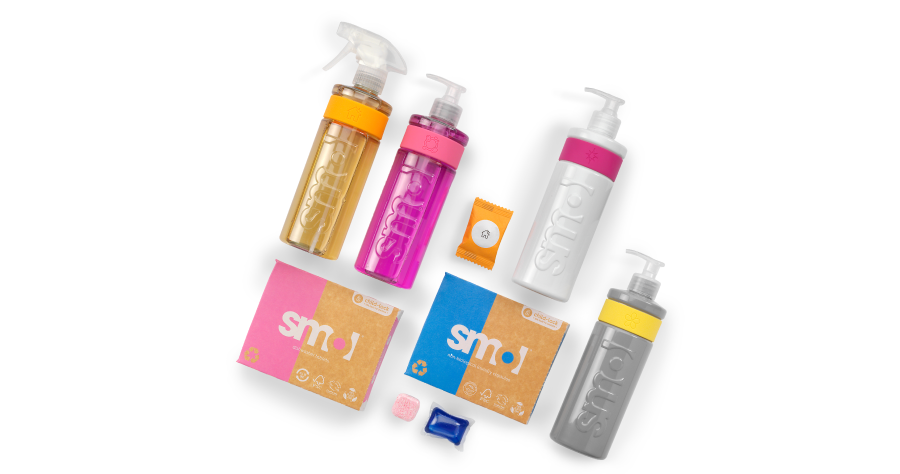
Oil and grease stains are really common.
Cooking with oil or butter can prove risky and we’ve probably all been spat at by hot oil at some point. Or perhaps you’re working on the car and engine grease gets on your clothing… oil marks can happen daily and be particularly stubborn to remove from some fabrics.
REMEMBER - as with ALL stains - the sooner you tackle them the better. It’s especially the case with grease stains because as they set, they tend to darken the fabric. So, the longer you leave them, the more absorbed the stain will become and once it’s dry, it’s going to be much harder to remove.
So, here’s our fab 5 step method to dealing with oil and grease stains, as used by mechanics and chefs up and down the land!
step 1. get blotting!
Place the garment on a flat surface and use a clean old towel or cloth between the layers of your item of clothing. This will stop the oil from seeping onto the back of your top for example. You need to get as much of the fresh oil out quickly to stop it spreading.
Using a paper towel or a clean/dry smol cloth blot the stain until it has absorbed all the oil it can.

step 2. draw it out.
Sprinkle a good amount of bicarbonate of soda onto the grease stain until it is nicely covered. Leave it in place for half an hour. The powder will begin to absorb more of the oil and draw it out of the fabric. After around 30 mins, brush the powder into the sink.
If the fabric is delicate - you can leave this bicarbonate of soda treatment in place overnight and go straight to step 4 (but washing at a cooler 30°C).
step 3. spot treat.
Once the bicarbonate of soda has been brushed off you need to spot treat the stain with washing up liquid.
Washing up liquid is perfect for oil stains because it is specifically designed to break down grease BUT it’s worth noting that some brands - particularly those that are green in colour, have been known to stain clothing. Choose a plant powered sort such as smol’s washing up liquid which is gentle enough not to damage or stain your fabrics.
Simply add a few pumps of the washing up liquid onto the stain and gently dab it onto the area with your finger. Leave it in place for 10 minutes.
Next, taking a clean old toothbrush, very lightly and gently rub the stain in a circular motion to dislodge the remaining oil from the fibres.

step 4. rinse & wash.
Rinse the washing up liquid by running it under warm water through the back of the stain. This will help push the oil out even more. You can then wash your item in the machine at the warmest setting allowed according to your clothing care label.
It’s worth noting that unlike some stains, oils and grease will break down better in warm water so it’s good to wash on the warmest temperature allowed by your laundry label. As a rule - if it’s cotton clothing it should be fine at 60°C, whereas synthetics will need to be on a 40°C wash (and delicates more like a 30°C cycle).
step 5. all dry.
The best way to dry any item of clothing is line drying - whether that’s outdoors or indoors.
Try to avoid using the tumble dryer if you can. Not only is this one of the most expensive ways to dry (and gives you a worse carbon footprint) but if any grease does remain in the fabric, the high temperatures in a tumble could bake the stain into your clothing for good.
Once your clothing is dry - check to see if the oil stain has completely faded - if it hasn’t, repeat steps 1-5 once more.
old oil stains?
If your grease stain has been there a while, has dried and already set in - don’t panic; there are still some tricks you can try.
Move straight to step 3 in our 5 step guide, and start with your washing up liquid. You can then follow along with steps 4 & 5.
Farewell to big fat stains!
SMOL WASHING UP LIQUID